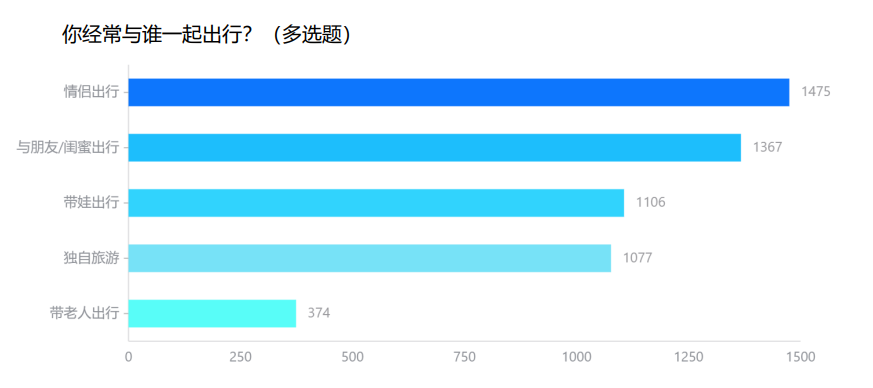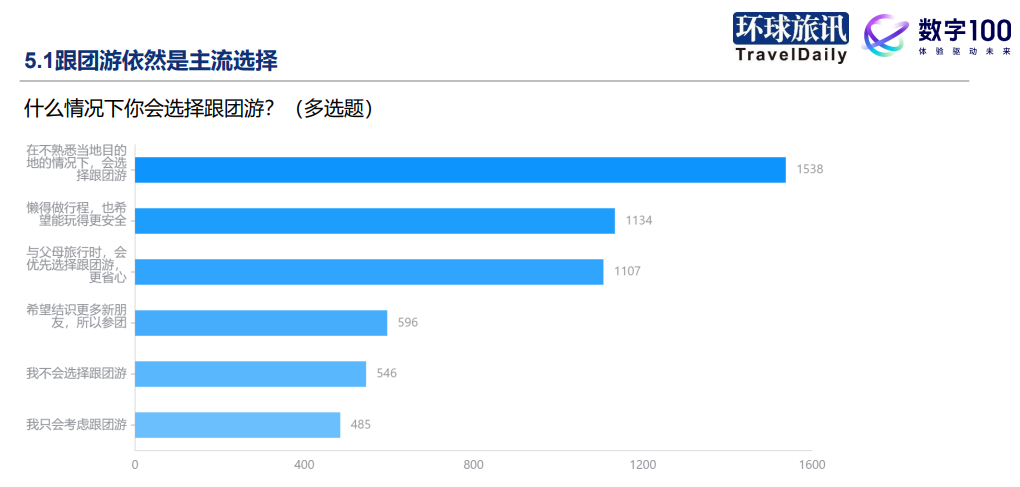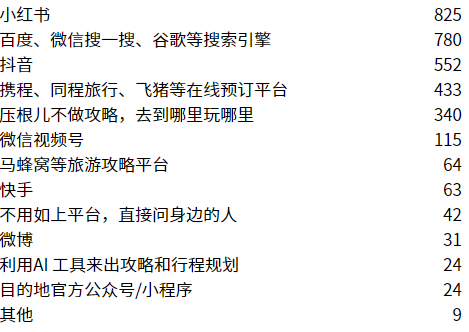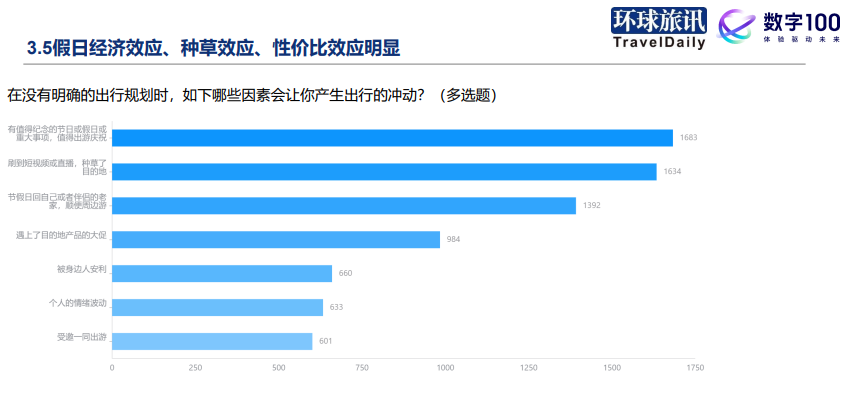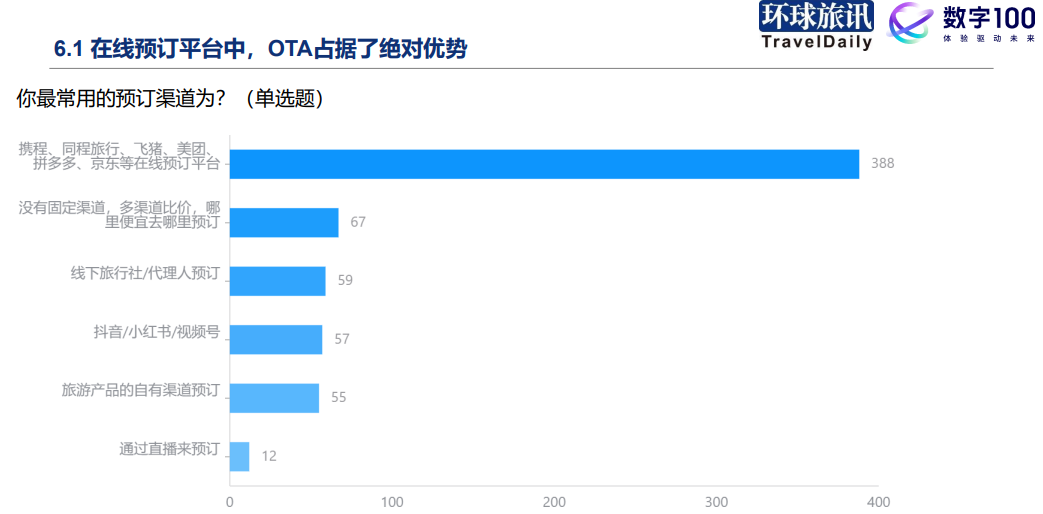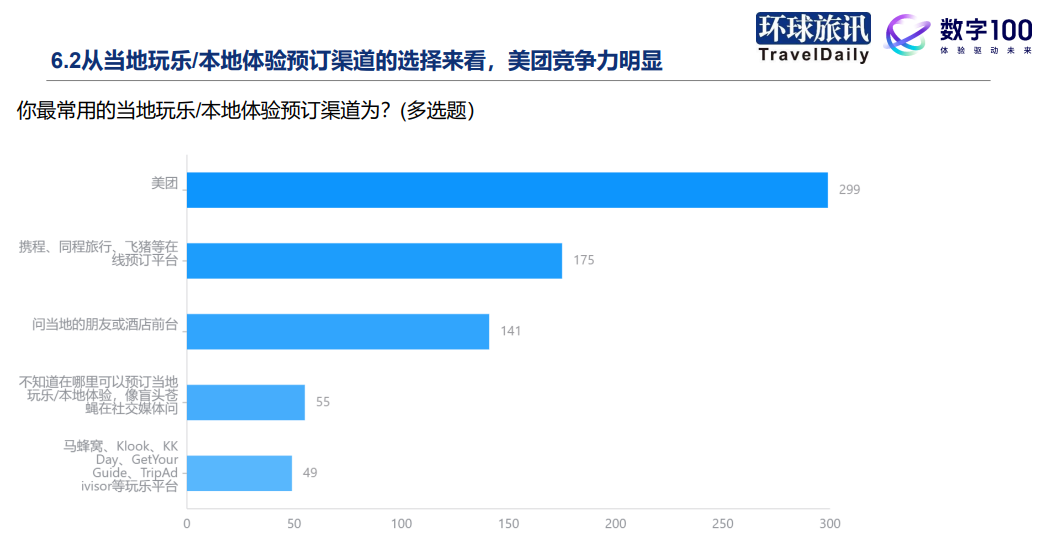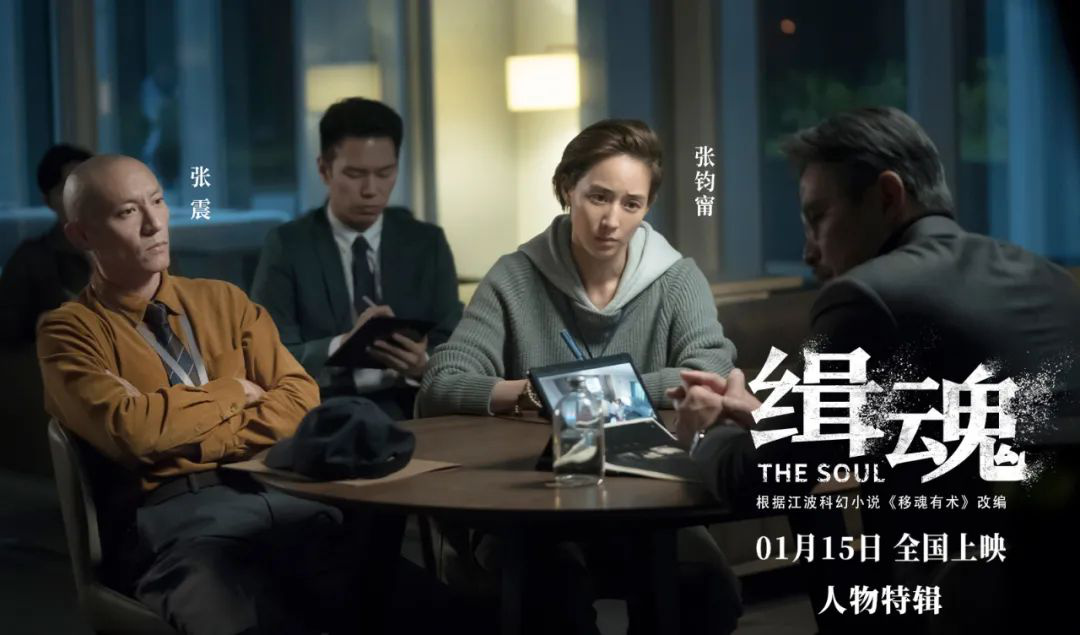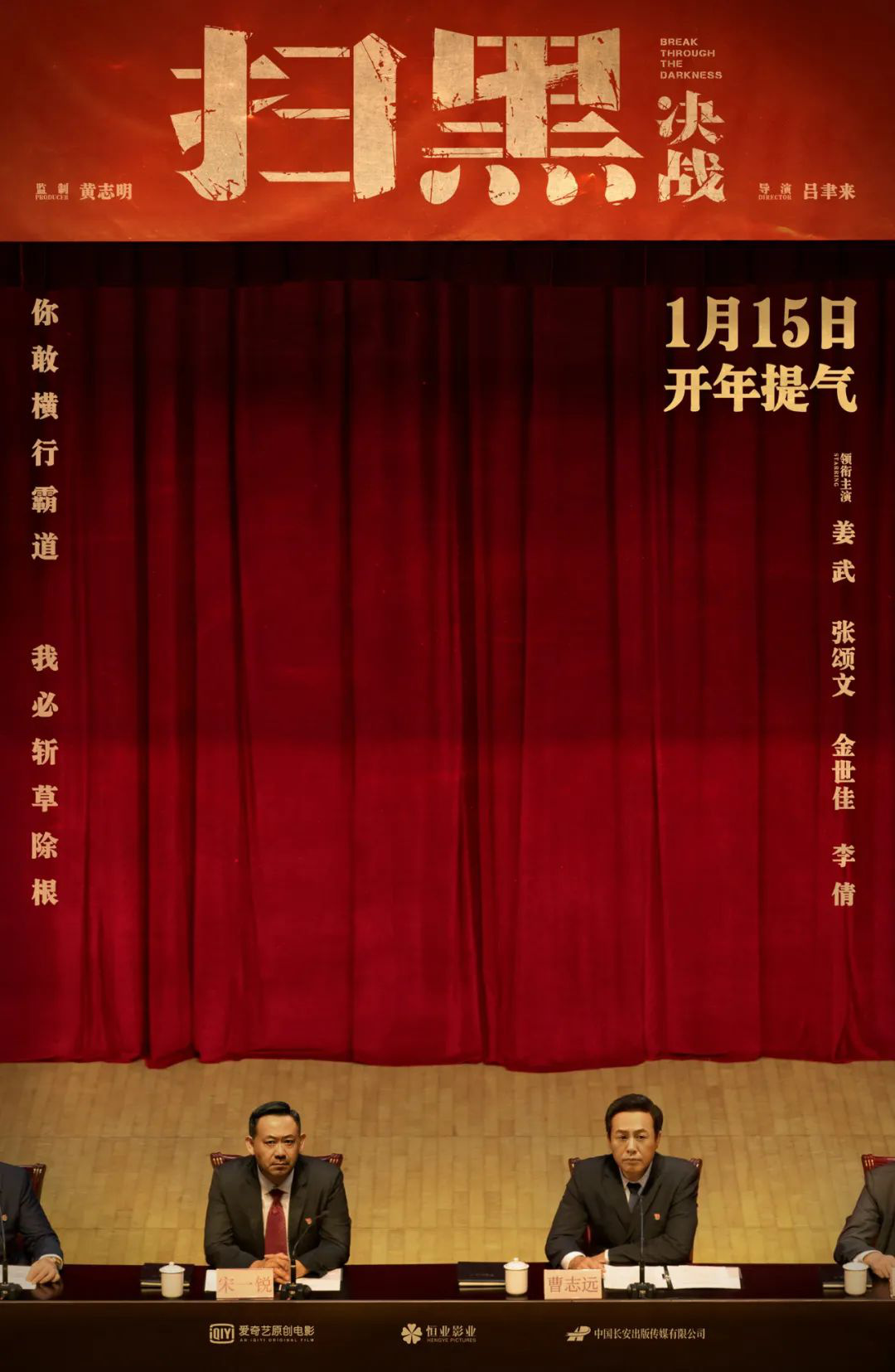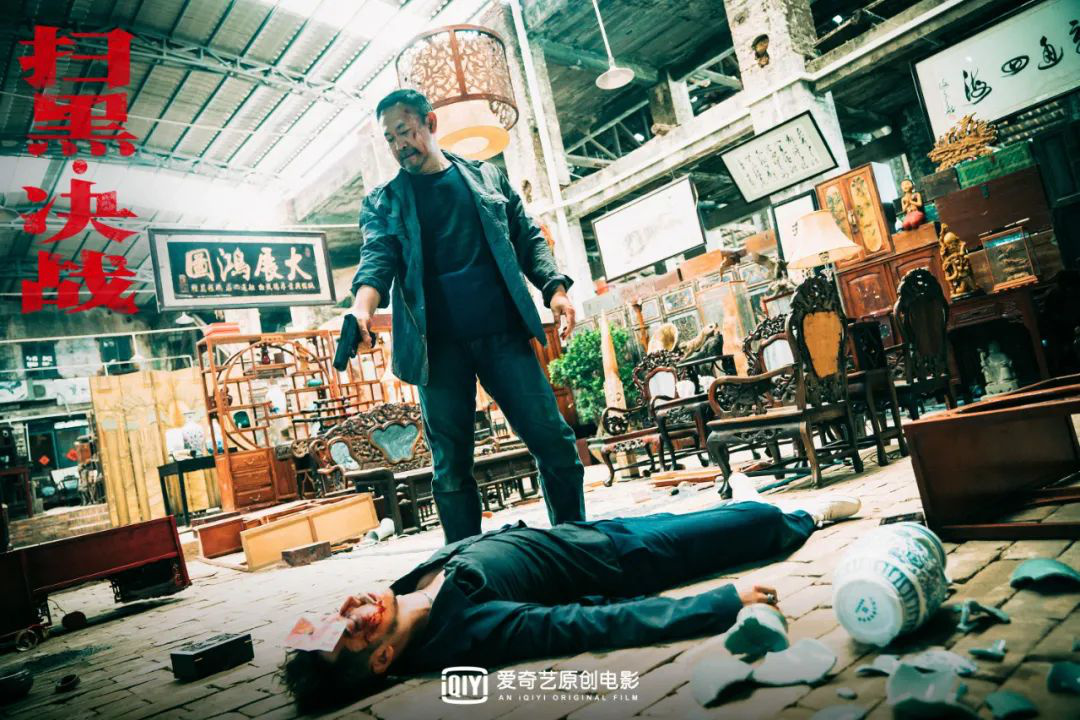
Workers of an enterprise in Shahe City, Hebei Province check the operation of the production line in the workshop. Xinhua news agency

The staff interacted with an AI bionic robot cat at the Expo. Xinhua news agency
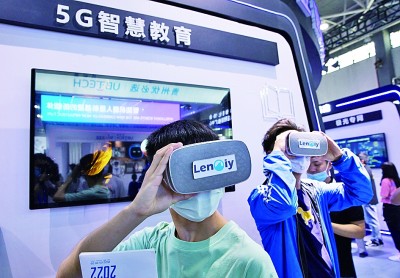
At the 2021 China International Big Data Industry Expo, the audience is experiencing the 5G smart education project. Xinhua news agency

Huadian Yangjiang Qingzhou III 500 MW offshore wind power project, the first offshore wind farm in offshore deep water area in China, recently completed the foundation hoisting and pile sinking construction of offshore booster station. Information picture
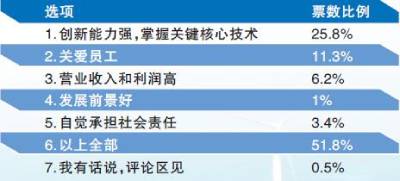
[Economic Interface]
After several autumn rains, Beijing is cooler. Recently, the autumn campus recruitment of many companies has started one after another. In the eyes of some job-seeking students, the title of the world’s top 500 is an important "plus item".
Not long ago, the Fortune Global 500 list was released in 2021, and 143 China companies including State Grid, PetroChina, Sinopec, China Construction, Industrial and Commercial Bank of China, China Mobile, JD.COM, Alibaba, Tencent, Lenovo and Xiaomi were on the list. Why are these giants among the top 500 in the world? What is its "real skill"? What are the future prospects? The reporter conducted an interview on this.
1. Show "bright eyes" and walk to the forefront of the world in some fields.
[data]
This year’s Top 500 list shows that there are 18 China companies newly listed or re-listed, including China Shipbuilding, New Hope, Weichai Power and China Resources Land. China’s companies, which are among the top 500 companies in the world in 2021, have not only expanded their advantages in quantity, but also improved their business conditions in horizontal comparison.
There are seven Internet companies on the list this year, including four from China, namely JD.COM, Alibaba, Tencent and Xiaomi, and their rankings have all improved compared with last year.
Why is there the largest number of Internet giants in China on the list? Li Yongjian, a researcher in national academy of economic strategy, said in an interview with this reporter that China’s netizen base is large, and by December 2020, the number of netizens in China was 989 million, which makes China’s Internet enterprises have natural advantages in scale expansion and their operating income will naturally be high. The implementation of the policy of speeding up and reducing fees in China has released the potential consumption power of netizens; At the same time, China has a super-large domestic market. These "dividends" have laid a good foundation for Internet companies to be among the top 500 companies in the world.
Li Yongjian believes that China’s Internet companies have formed a relatively perfect industrial ecology. For example, in addition to making mobile phones, Xiaomi also makes smart homes; JD.COM involves not only e-commerce, but also health and logistics. The same is true for companies such as Alibaba and Tencent. A sound industrial ecology can keep it growing rapidly.
Of course, judging from this year’s list, it is not just Internet companies that are "bright".
"Some listed companies such as State Grid have shown strong strength in terms of patent holdings." Li Yongjian said that China has many advanced technologies and applications in the fields of UHV transmission and high-speed rail, and its innovation capability has been continuously improved. Many enterprises have accumulated a lot of money and have reached the forefront of the world in some fields.
Qin Hailin, a researcher at China Electronics and Information Industry Development Research Institute, told the reporter that since China surpassed the United States for the first time in 2019 and became the country with the largest number of listed companies, the number of enterprises shortlisted in the world’s top 500 has been increasing, the business level of enterprises has been continuously improved, and the leading edge has been further expanded. In 2021, the average sales revenue, profit, sales return rate and return on net assets of listed enterprises in China are higher than the average level of the world’s top 500 enterprises.
"This has a considerable relationship with China taking the lead in controlling the epidemic and taking the lead in resuming work." Qin Hailin said that during the epidemic last year, the global economic situation was not optimistic, and China was the only major economy in the world that achieved positive economic growth. Although China’s industrial chain supply chain has been impacted to some extent, a relatively complete industrial system and a huge potential domestic demand market have promoted the sustained recovery of the macro-economy and the stable development of market players.
Sheng Chaoxun, director and researcher of the Strategic Policy Office of China Macroeconomic Research Institute, said that since the beginning of this year, China’s economic operation has been stable and consolidated, stable and good, in line with expectations. The high-tech manufacturing industry and equipment manufacturing industry grew rapidly, the manufacturing structure was further optimized, investment was accelerated, online retail and holiday travel consumption increased rapidly, and employment and prices remained stable, creating good economic operating conditions for enterprises to resume development.
"China vigorously develops the real economy, pays attention to helping small and medium-sized enterprises, stimulates the vitality of all kinds of enterprises, and enhances the endogenous motivation of economic growth." Sheng Chaoxun said that China adheres to the "two unwavering" principle, protects the legitimate rights and interests of private enterprises, reduces the production and operation costs of private enterprises, solves the financing problems of private enterprises, enhances the confidence of private entrepreneurs, expands the development space of private enterprises, and the development environment of enterprises continues to improve. The positive signal of this year’s list is not only a vivid portrayal of China’s stable economy, but also the best footnote for the high-quality development of Chinese enterprises.
2. There are still shortcomings, and you can’t "tail up" because of large production capacity.
[data]
According to statistics, in the field of information and communication technology industry, 19 related companies in the United States entered this year’s list, while only 9 companies in China. At the same time, some people think that although some China companies are on the list, their competitiveness is not strong, and they lack innovative products, core components and software.
"Although there are a large number of China’s top 500 enterprises, there are not many enterprises whose innovation ability can really reach the world’s leading position. We still have a big gap in some core technologies, key raw materials and equipment. " Li Yongjian said that even in some advantageous areas, China’s related enterprises have great production capacity, but some key parts still depend on imports.
Li Yong insisted that some enterprises can enter the list because they have reached the relevant threshold by relying on market advantages or capital advantages to some extent, and they need to be further strengthened in key core technological innovations. "Don’t think that an enterprise’s high market share is very powerful, and it can’t be ‘ Cock one’s tail ’ It should be noted that we still have many shortcomings in terms of innovation ability and profitability. " He said.
"The main evaluation criterion of Fortune Global 500 is scale, but large scale does not mean strong competitiveness." Sheng Chaoxun told reporters that many enterprises in China will start the diversification process after they reach a certain stage of development. Some are based on the vertical extension of the industrial chain, and some are engaged in cross-border operations, entering new fields and investing in industries unrelated to their main business, such as real estate and hotels. This will help to promote the large-scale development of enterprises and reduce the market risk in a single field, but it will also cause problems such as insufficient innovation and "not specialized, not refined and not detailed" in industrial development, which is far behind the international leading enterprises.
Many enterprises have realized this problem. In the interview and investigation, the reporter found that some enterprises are accelerating the transformation to innovative enterprises, but they still face many pain points and difficulties.
"It is difficult to break through key core technologies." Sheng Chaoxun said that at present, China is in the stage of transforming from technology introduction, digestion, absorption and innovation to independent innovation mode. The key core technologies that could have been acquired through technical cooperation or purchase have been "cut off", and the learning cost and trial-and-error cost of independent innovation have increased significantly, which has led to an increase in the difficulty of technological innovation. At the same time, there is a serious shortage of talents in artificial intelligence, chip design and manufacturing, biomedical research and development, big data and other fields in China. There are too many new and high-tech projects, and the competition among enterprises is more intense. The domestic "first set" is facing various market thresholds set by the buyer, and the application of innovative products is stuck in the market.
In addition, Qin Hailin analyzed that from the list, China’s construction, petrochemical and non-ferrous metal industrial structures are still biased. Compared with world-class enterprises, some enterprises in China still have some problems, such as low added value of products and services, incomplete fulfillment of social responsibilities, poor international vision, weak ability to participate in international rule-making, lack of international market development and global resource allocation, and weak ability to prevent international market risks.
3. Forming ecology, innovation is not "going it alone"
[case]
Mr. Zhou, who works in an Internet company in Beijing, is considering "job hopping" recently. He intends to submit his resume to JD.COM and Alibaba. "These two companies have the aura of the world’s top 500 companies. I hope to enter one of them and feel the working atmosphere and state there personally, which will be of great help to my future development and growth. Of course, I also look forward to raising my salary and making more money. " Mr. Zhou said.
"We have entered the era of digital economy, and the development of Internet companies is expected in the future. At least three or five Internet companies will be able to enter the world’s top 500 list." Li Yongjian said that in the future, the Internet traffic dividend will basically be gone, and Internet companies should pay more attention to innovation, strengthen theoretical research and key core technology research, and serve the real economy.
He said that innovation is not "fighting alone", but to form an ecology. It is necessary to encourage Internet companies to deeply integrate with the real economy, and use their data capabilities and supply chain management capabilities to enhance the competitiveness and efficiency of the majority of small and medium-sized enterprises. At the same time, it is necessary to establish a reasonable supervision system to guide Internet companies to operate legally and in compliance.
In fact, whether it is the Internet or other industries, in order to maintain a good development trend, it is necessary to practice hard, and at the same time, it is also inseparable from a stable development environment and policy support.
"In the process of building a new development pattern with the domestic big cycle as the main body and the domestic and international double cycles promoting each other, Chinese enterprises should make full use of the international and domestic markets and resources to promote the innovation of production organization, technology and market." Qin Hailin said that it is necessary to forge long boards and stabilize advantageous industries; Make up the shortcomings, speed up the solution of the "stuck neck" problem, actively participate in the formulation of international rules, seize the opportunity of global industrial chain relocation, broaden international horizons, and achieve high-quality development in a higher level of opening up.
Qin Hailin said that it is necessary to encourage enterprises to explore and innovate, and encourage enterprises to develop new technology applications, new product development and new market development by adopting various methods such as planning guidance, financial support and pilot demonstration; Provide support and services for enterprise innovation by accelerating the construction of public platforms, Industry-University-Research docking, and research and development of common key technologies; It is necessary to strengthen the protection of intellectual property rights and ensure the innovative behavior and achievements of enterprises.
"It is necessary to speed up the cultivation of a large number of ‘ Specialization and novelty ’ Enterprises, build a group of ‘ that focus on market segments, have excellent technology or services and have a high market share; Single champion ’ Form a social atmosphere that encourages the professional development of enterprises. " Sheng Chaoxun said that small and medium-sized enterprises should be encouraged to establish stable cooperative relations with large enterprises and leading enterprises by means of specialized division of labor, service outsourcing and order production.
Sheng Chaoxun suggested that to enhance innovation ability, it is necessary to establish and improve the incentive mechanism for innovation investment, increase investment in the field of scientific and technological innovation, optimize scientific research management services, and support researchers to concentrate on overcoming technical difficulties. It is necessary to expand the scale of enrollment in emerging fields that are in short supply, increase training efforts, strengthen joint training between schools and enterprises, and improve policy guarantees such as talent settlement, residence visas, and tax incentives. It is necessary to improve the life cycle support mechanism for the market application of the "first set" equipment, encourage the upstream and downstream enterprises in the industrial chain to jointly provide application scenarios for the "first set" and build a large-scale market application ecosystem for the "first set" and the first batch of sub-products.
(Reporter Liu Kun)
interlinkage
# Light Survey #
[# What are the Fortune 500 companies in your mind #]
Not long ago, the Fortune Global 500 list was released in 2021, with 143 China companies on the list. In your opinion, what kind of "standard" should the top 500 enterprises in the world have?
Some netizens commented:
@ ectodermal leaf:Top 500 enterprises should have many excellent talents, from whom they can learn a lot. The corporate atmosphere is very active and can provide a good platform and room for growth.
@ Titian Chestnut:Enterprises should not only carry out business model innovation, but also carry out technological innovation, and grow up with employees to become better and stronger!
@x Shao Shao jun x:I think the top 500 companies should still have core technologies and then take on some social responsibilities. It would be better if the employees’ welfare is good.
@ Warm Nuts:Top 500 enterprises must embrace the ambition of technology first and industry first, constantly create new enterprise and social values, and continue to benefit the society and the country.
(Liu Kun finishing)




























